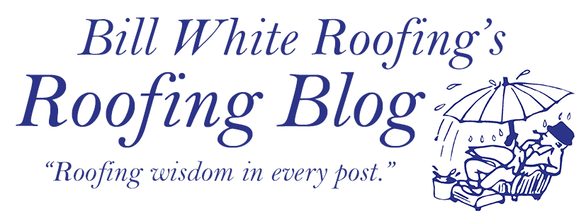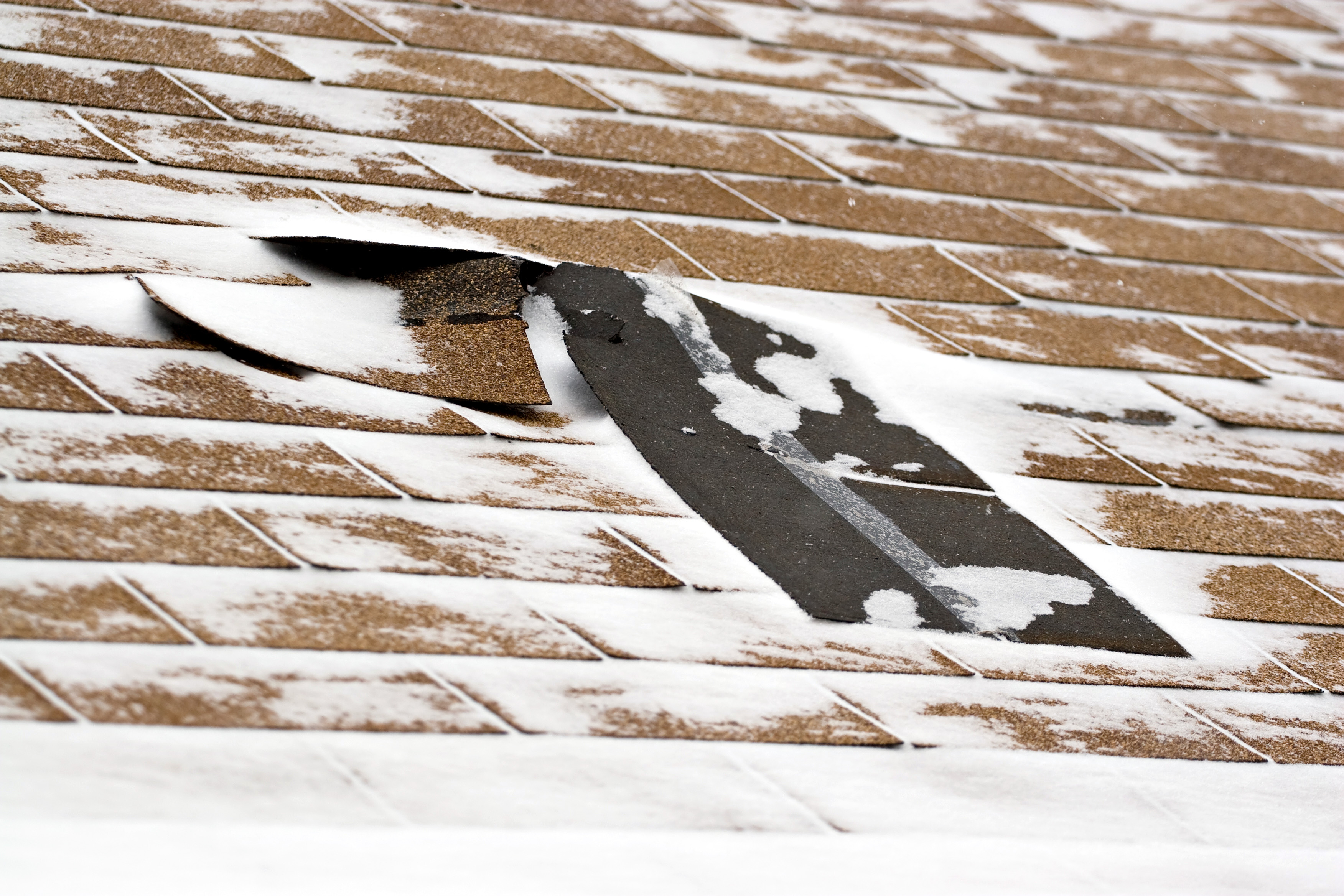|
We are really into roofs here at Bill White Roofing and Specialty, and we enjoy sharing our knowledge and expertise with anyone who may be interested in learning more about the most important aspect of their building's structure. As a leading roofer in Birmingham, we feel that education and awareness are very important when it comes to prolonging the lifespan of your roof. Here is a list of common terms and phrases that are used in the roofing industry with (hopefully) easy to understand explanations: CorniceThe decorative molding, usually metal or wood, found at the ends or edges of the roof. The fascia, frieze board, and rake are all types of cornices. CricketA relatively small peaked area of the roof constructed to divert water around projections such as chimneys, walls, and expansion joints. DeckThe surface over which the roofing materials are applied. Roof decking is usually made of wood boards, plywood, or planks and is attached to the rafters. Also called sheathing. DormerA raised, framed section projecting through the sloping plane of the roof, usually with a window. Drip EdgeThis metal strip is installed along the edges of the roof in order to help channel water away from the roof deck, eaves, and siding. EaveThe lower edge of the roof, usually the area from the fascia to the building's outside wall. FasciaA vertically positioned board or trim that is placed around the outer edge of the roof. It typically helps with waterproofing the interior of the building. FlashingThe material used to keep water from entering the roof system anywhere there is a projection or intersection. Examples of places roof flashing is installed are: chimneys, vent pipes, valleys, wall joints, perimeters, expansion joints, and any other place the roof covering is interrupted. GableThe triangular section of the building that is directly under the slope of the roof and above the eave. LouversThe slatted devices that are installed in a gable or on the underside of the roof eaves to help ventilate the attic and regulate temperature and moisture. RafterThe structural beams that extend from the ridge to eave in which the roof deck is attached. RakeSloped edge of the roof that is adjacent to the outermost rafter RidgeThe horizontal line across the highest point of the roof where the two sloping sides intersect. SoffitThe enclosed area under the roof eave that extends past the building structure. UnderlaymentThe material (usually felt) that is placed between the roof deck and shingles to serve as an extra layer of protection from moisture. ValleyThe area where two sloping roof sections intersect, creating a "V" shaped indention. Our mission is to be the best roofing company Birmingham has to offer. Please give us a call at (205) 942-8374 or check out the rest of our website to learn more about how we can help you with anything roof-related!
0 Comments
Owning a home or business is a huge responsibility. Maintenance must be done throughout the year to ensure your investment is protected. As winter is quickly approaching (thank goodness for some cold weather finally!), there are several things you can do to winterize your roof. Performing preventative maintenance will save you from a roofing emergency. By checking and repairing these parts of your roof, you can cruise through the winter knowing that your roof is in good shape: 1. Remove or trim overhanging tree branchesBranches can cause a lot of problems for your roof, so they need to be trimmed or removed. Large overhanging branches will become very heavy with snowfall and will break and fall onto your roof. Low hanging branches will scrape your roof and damage your shingles. 2. Clean gutters and downspoutsWe can't stress enough the importance of keeping your gutters and downspouts clear of debris. Rainwater and melting snow need to be able to drain properly in order to prevent water damage to your roof, siding, foundation and other parts of your home or business. 3. Inspect the roof and repairRepair loose, damaged and missing shingles to prevent leaks. Check the roof flashing (the material placed around joints and openings in your roof) for signs of wear or damage. Cracked caulk should be removed and replaced. Have a qualified roofing contractor in Birmingham inspect and repair any issues that are found. 4. Insulate your atticYour attic should be properly ventilated and insulated in order to prevent heat loss as well as the formation of icicles and ice dams. Be sure to consult with the experts at Bill White Roofing and Specialty on proper insulation levels and ventilation techniques. 5. Look for warped woodInspect the woodwork around your home or business especially around the roof and in the attic for warping and mold growth. These are signs of water damage, usually pointing to a larger problem like a leak.
|
Details
Bill White Roofing & Specialty Co.With 50+ years in roofing, Bill White Roofing offers unmatched expertise. Count on us for valuable insights, tips, and industry secrets to make informed decisions about your roof. Welcome to the realm of roofing mastery with Bill White Roofing. Archives
June 2018
Categories
All
|
|
Bill White Roofing and Specialty
3172 Shannon Wenonah Rd Bessemer, AL 35022 (205) 942-8374 Business Hours
Sunday By Appointment Monday 8 am-4:30 pm Tuesday 8 am-4:30 pm Wednesday 8 am-4:30 pm Thursday 8 am-4:30 pm Friday 8 am-12 pm Saturday By Appointment |
Let Us Know How We're Doing!
We are always looking for ways to improve our services and to ensure complete customer satisfaction. Leave us a review on any of these platforms: 2018 © Bill White Roofing and Specialty
All rights reserved |
AL Home Builders License #24288
AL General Contractors License #25026 |

